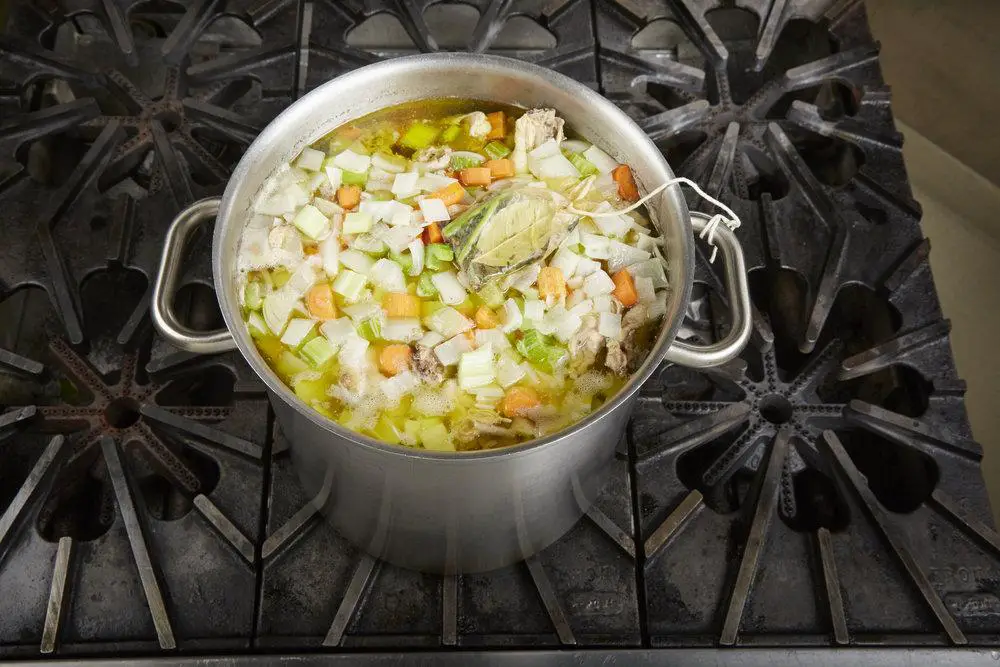Blog
Techniques used in preparation
Techniques used in preparation:
When raw materials are ready to be cooked, they are sent to the preparation area or hot section of the kitchen where it gets exposed to heat. Following are some of the techniques in preparation. The list may be enriched as and when you start actually cooking.
· Stirring – this mixes two or more ingredients as they get cooked. Wooden / stainless steel flat spoons, round spoons, perforated spoons etc. of various sizes could be used. Liquids, as well as solid and semi-solid ingredients, need stirring. Generally, it helps in even dispersion of heat leading to even cooking.
· Masking – to prevent food from getting burnt in case of baking/roasting, it needs to be masked with some other food material. It can also be done to get a desired color and appearance.
· Coating or dipping in batter – as mentioned earlier, the batter is a mixture of flour and liquid (mostly equal quantities). Certain foods are dipped in batter and deep fried. The aptest example would be potato vadas. The batter should coat the stuffing fully and not expose any stuffing. This needs skill because food should be dropped in hot oil immediately after dipping in batter. So, in a split of a second, the process has to be completed. Thus, the consistency of the batter plays a very important role.
· Basting – this is a technique which goes hand in hand with roasting. This means to apply fat/butter on the food while being roasted. It helps by protecting the surface from going dry and also by giving a pleasant brown color to the roasted food.
· Tadka / baghar – these terms and technique are used in Indian cuisine. Oil is heated to the required temperature and certain spice ingredients are added to it (which should crackle,) then the food (like cooked dal or chopped vegetables) are combined with this. It develops additional taste and flavor to the dish. A peculiar flavour which is the characteristic of the dish can be added through the ingredients in the tempering.
Sometimes, continental dishes, especially rich soups, and sauces are also ‘tempered’; but the technique is applied for a different purpose and using different ingredients. A mixture of egg yolk and cream (liaison) is added to a dish to enrich it, to give it a glaze and to make it smooth. A little of the hot soup/sauce is first mixed with the liaison, and then it is slowly stirred into the larger quantity of soup/sauce.
· Seasoning – seasonings bring about the natural taste and flavors of the ingredients. No dish can be complete without seasonings.
· Flavouring – these are those ingredients which impart additional flavours in the dishes. Nutmeg powder in creamed potatoes, cardamom powder in Indian sweets like kheers, vanilla essence in vanilla buns are some of the examples. Flavorings could be added in various forms – powders drops or whole spices (which are removed before serving the dish to the guest).


